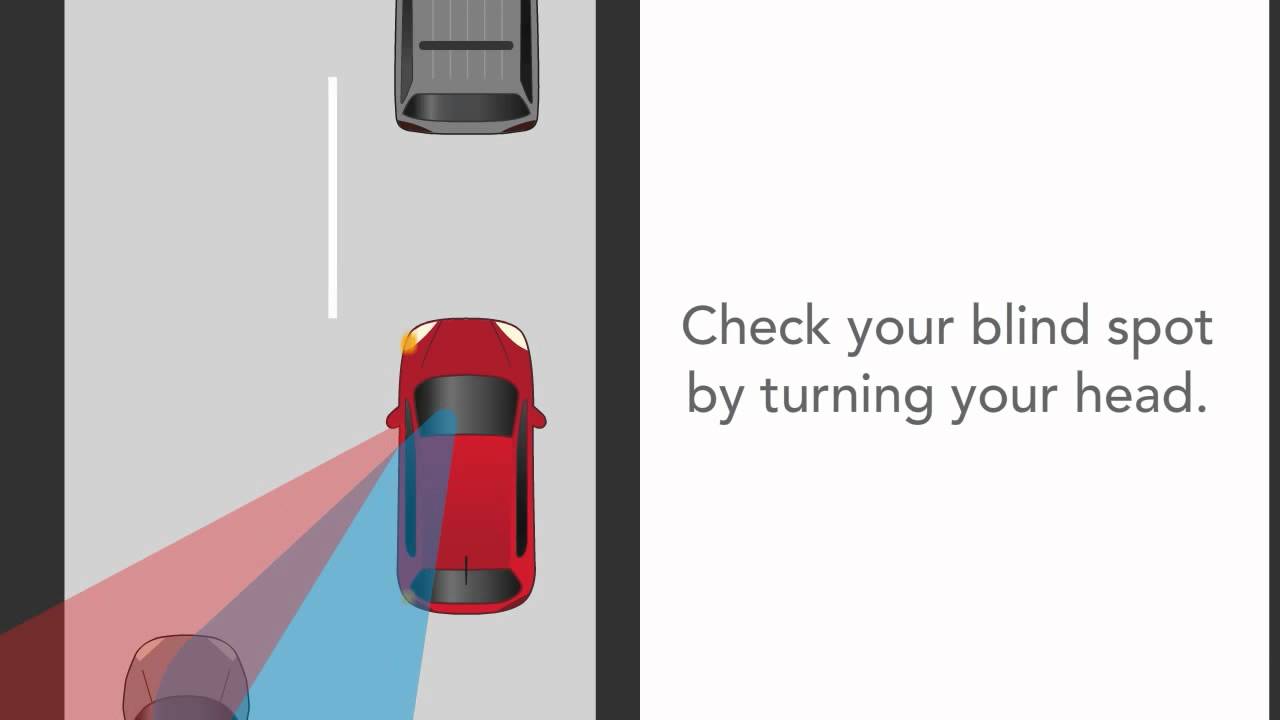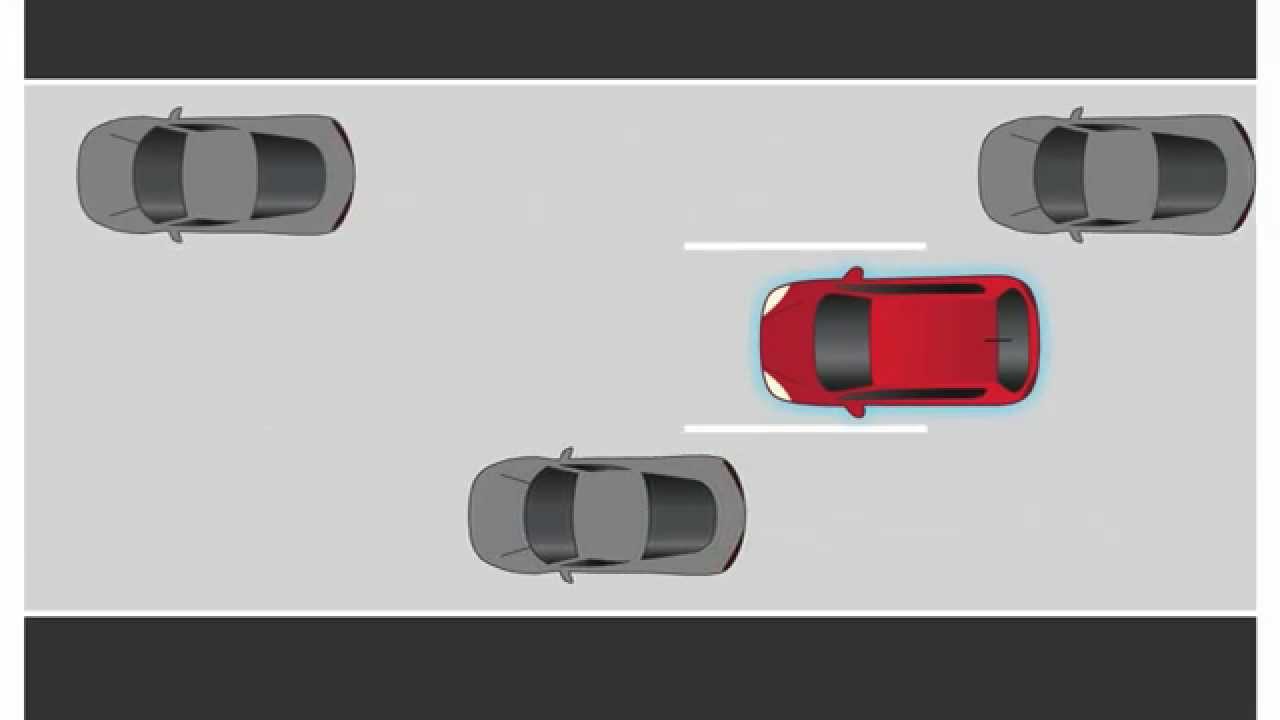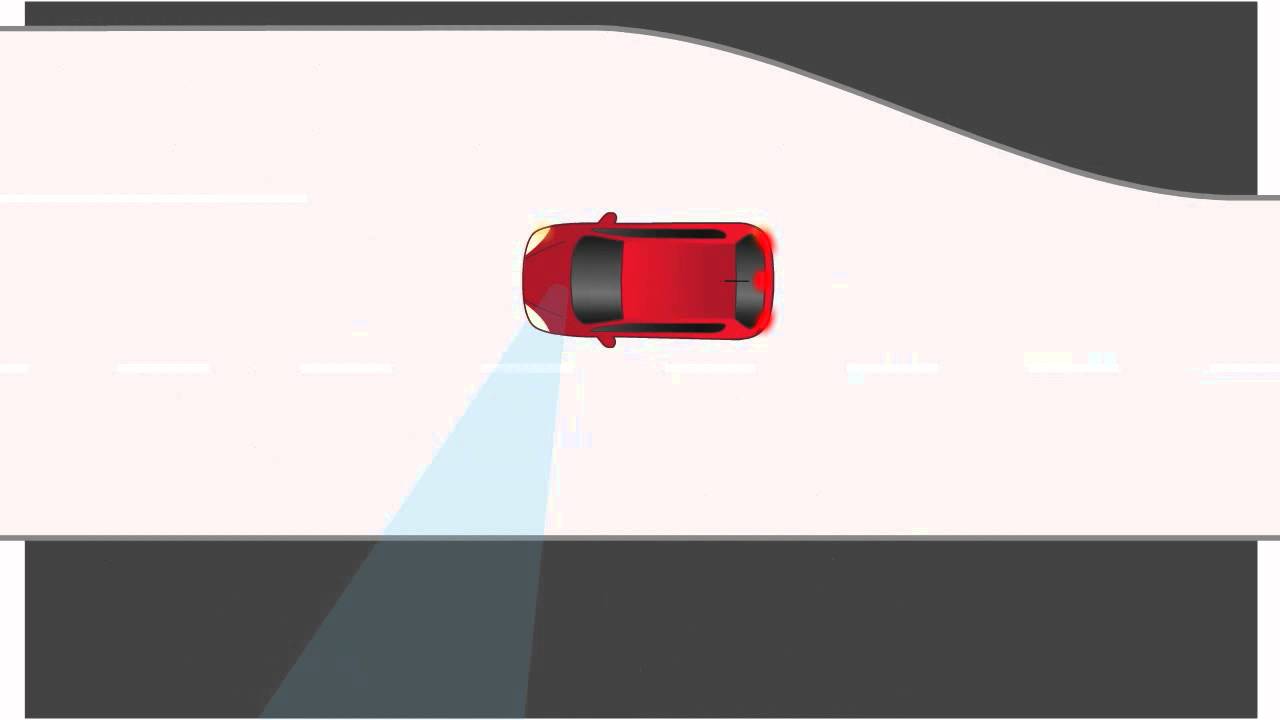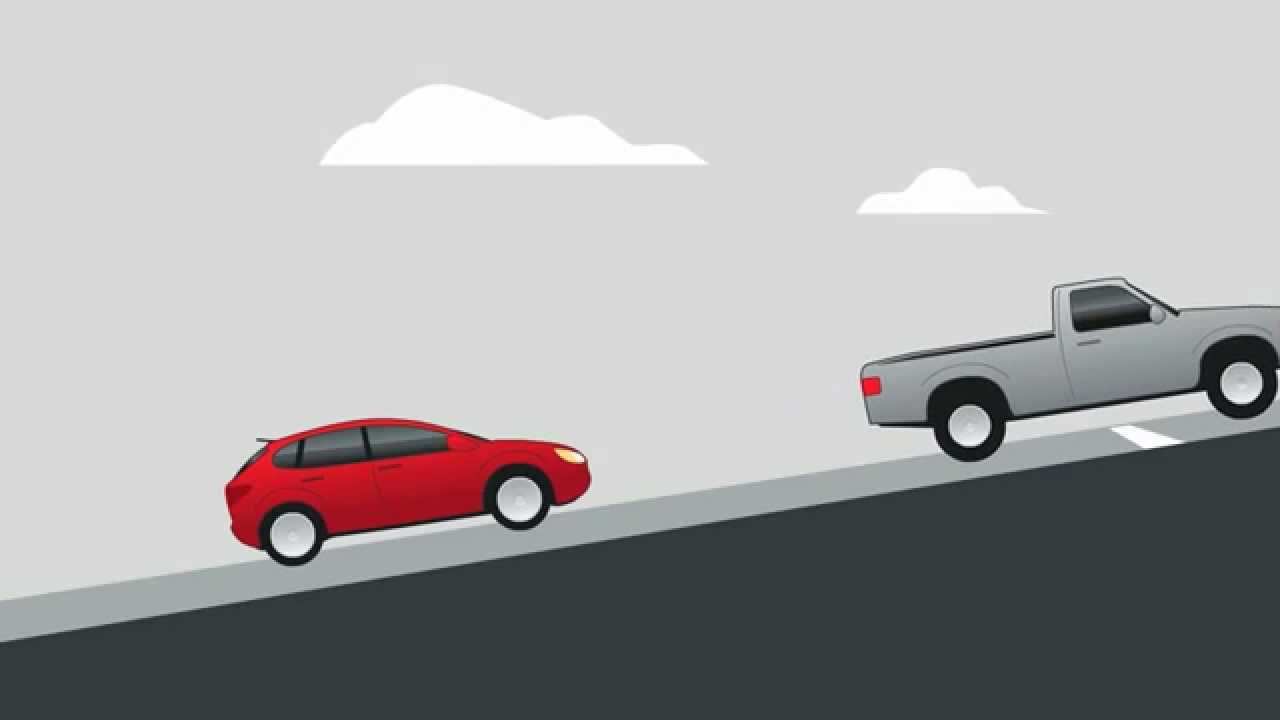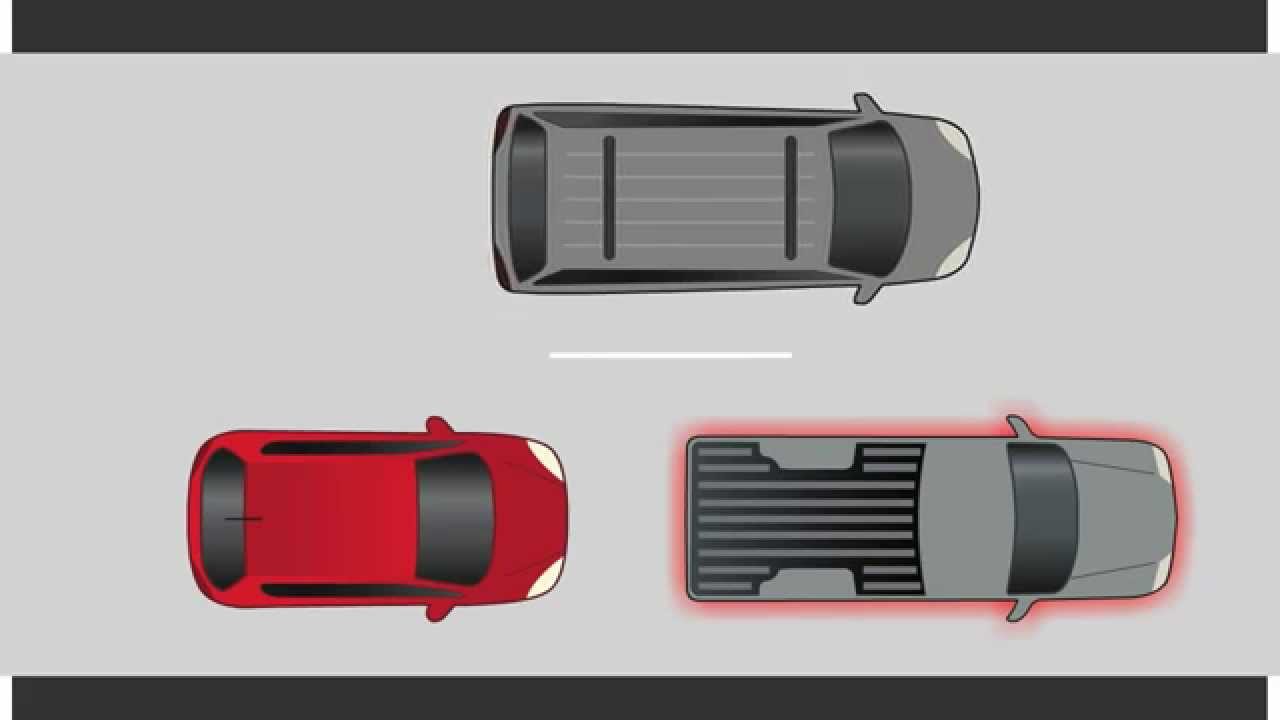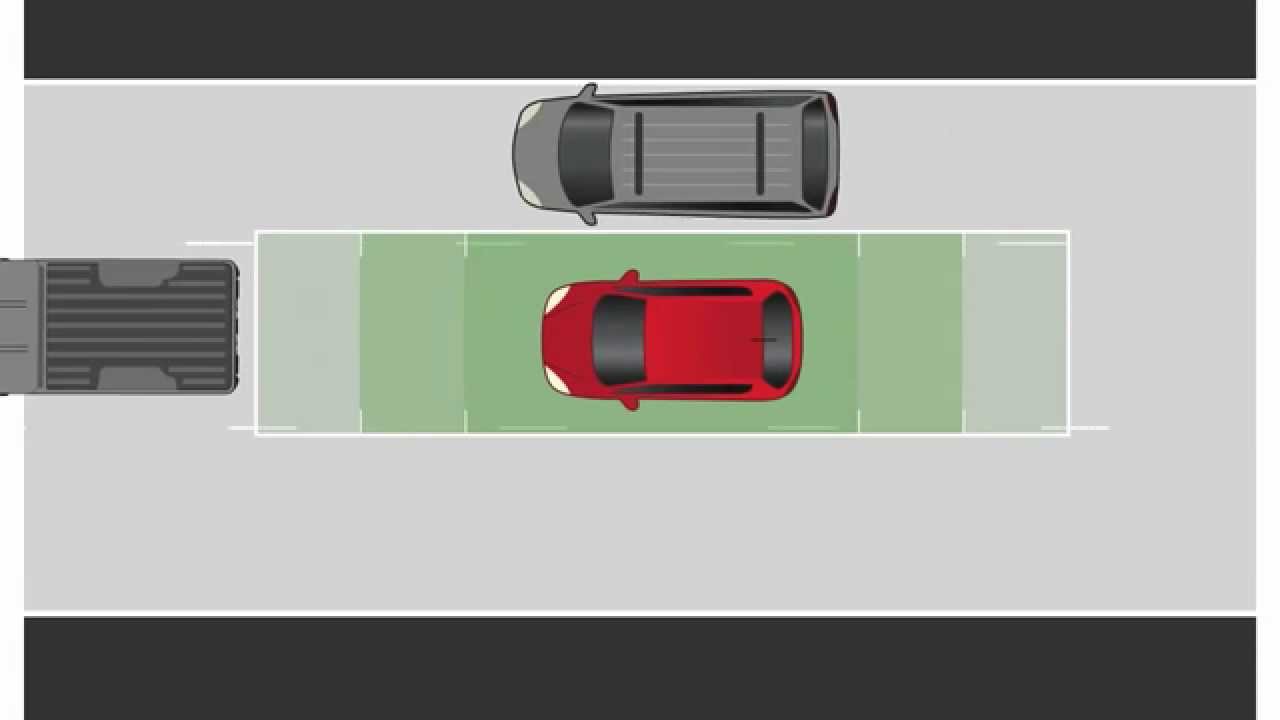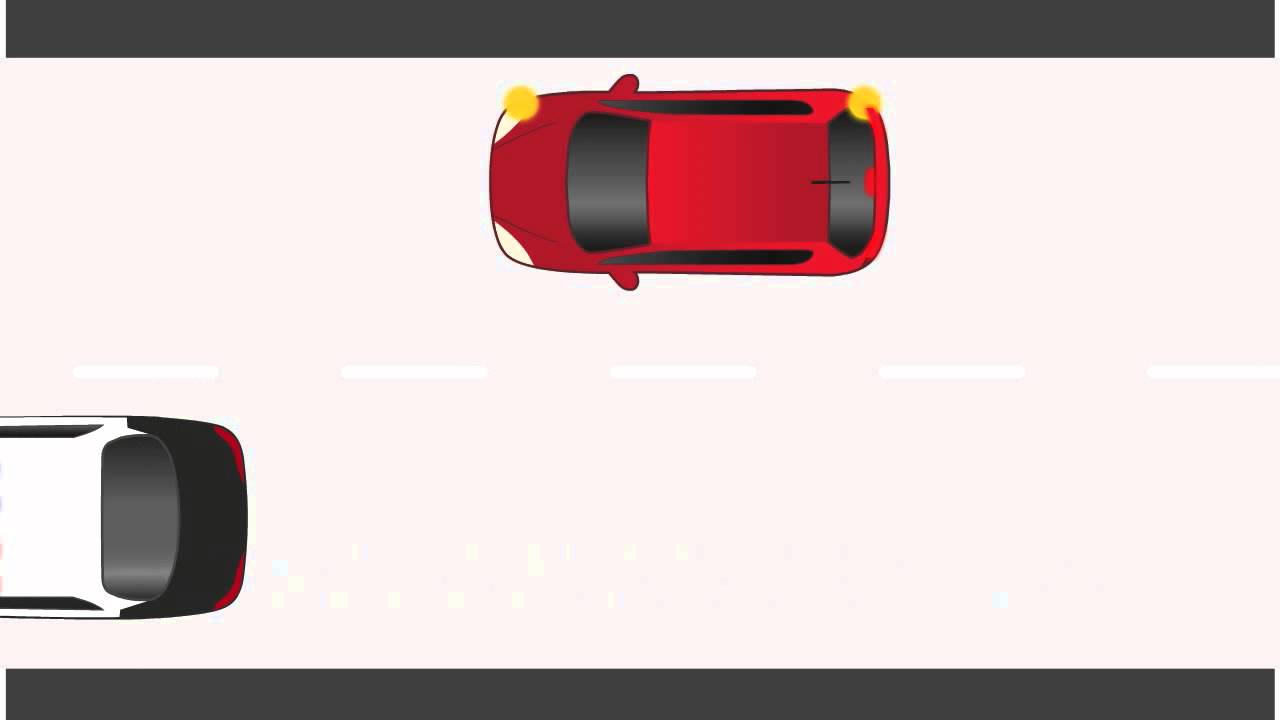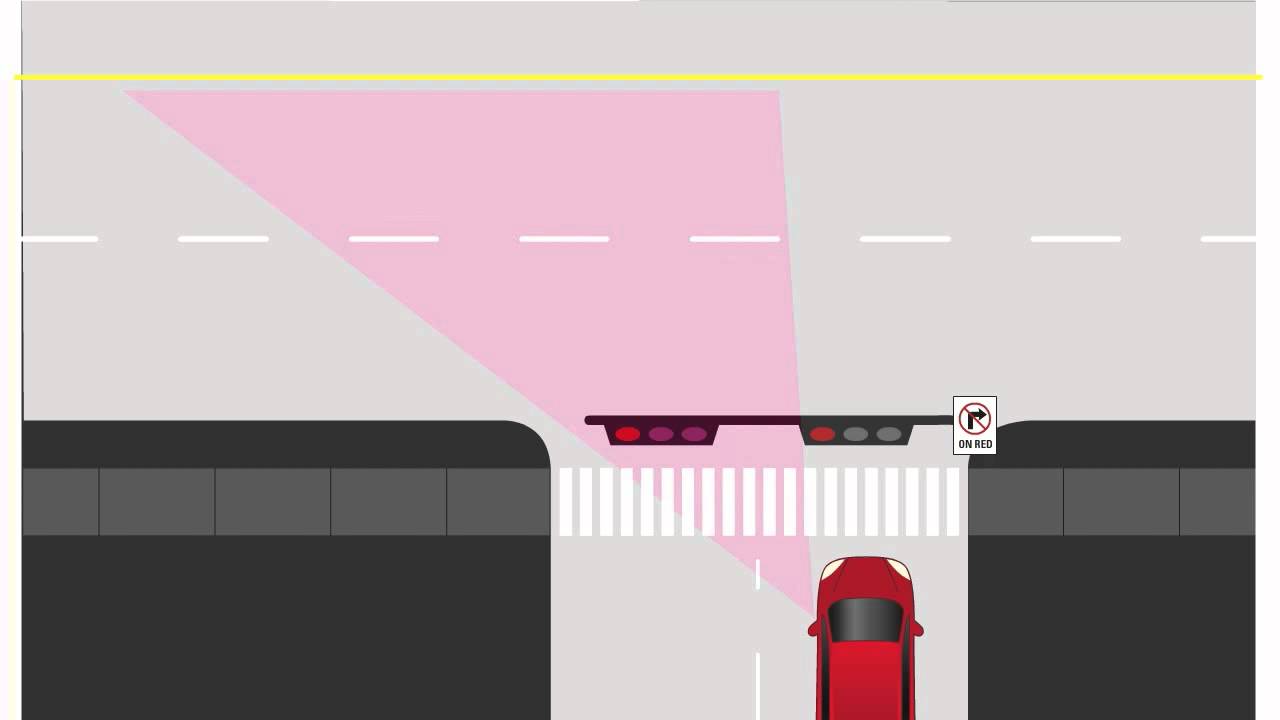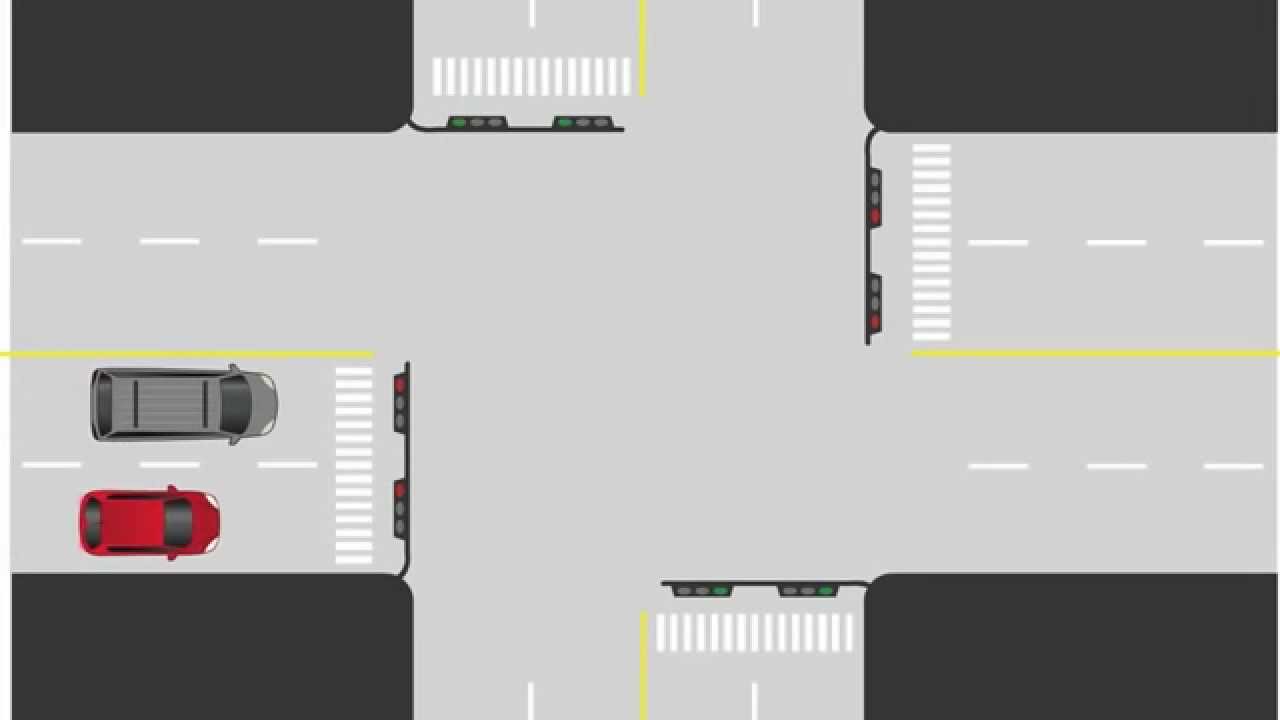When practicing driving on intermediate roads, also known as two lane roads, look for roads with traffic moving between 25 and 40 mph, with one of two lanes moving in each direction. Roads should have controlled intersections and driveways, with parking lots or parked cars along the sides.
When your teen is ready, practice in the next driving environment: Commercial Roads.
Lane Changing
Goal:
Know how to safely match the traffic speed of the other lane to move into that lane.
Activity:
Your new driver should practice changing lanes, being sure to have the turn signal on well in advance, looking ahead and making sure there is space to speed up, checking the side mirrors and blind spot, looking ahead again, adjusting speed to match the speed of the cars in the next lane, and moving into the lane when there is ample space between cars.
Common Errors:
- Over steering when changing lanes
- Turning the wheel when looking in blind spots
- Losing track of the cars around him or her
- Misjudging traffic speed
Signs Learner Gets It:
- Is comfortable checking mirrors and blind spots and returning focus back to the road
- Recognizes danger when looking in mirrors and blind spots
- Recognizes the speed of other cars
- Follows the steps correctly for safely changing lanes without needing any reminders
Road Sharing
Goal:
The new driver shows complete awareness of signs, speed limits, and other drivers
Activity:
Practice checking the mirrors, monitoring speed, locating surrounding traffic, and anticipating the intentions of the other drivers.
Common Errors:
- Not giving enough extra space to other drivers
- Not checking blind spots
- Becoming upset at risky drivers
Signs Learner Gets It:
- Always checks blind spots
- Is always aware of other road users
Space Cushion
Goal:
Help the new driver learn to maintain an appropriate space on all sides of the vehicle.
Activity:
Strive to maintain a safe cushion of space on all four sides of the car.
Common Errors:
- May follow other cars too closely
- May not maintain adequate space on four sides of the car
- Tend to drift to the right of the road
Signs Learner Gets It:
- Leaves space in front according to the distance rules of 1 second of space for every 10 m.p.h.
- Maintains adequate space on all 4 sides of the vehicle
Distance Estimation
Goal:
Help the new driver learn to estimate the distance between the car and other objects.
Activity:
Work to improve distance estimation skills by reminding your teen of dangers that could happen. Your new teen driver should verbalize when braking for a stop light and, afterwards, say if the brake was too late or just right.
Common Errors:
- Stopping too close to car in front at a red light
- Braking too hard or too late
Signs Learner Gets It:
- Leaves enough space in front of the car when stopped
- Can judge how long it will take to slow down and stop
Anticipating Others’ Behavior
Goal:
Help the new driver understand how time of day/week affects other drivers and traffic.
Activity:
Observe other drivers' actions and predict what they will do next. Afterwards, discuss the dangers that you saw on the road and how the new driver adjusted driving behaviors when witnessing other drivers' risky behaviors. Discuss how rush hour may have affected other drivers' behaviors.
Common Errors:
- Not giving risky drivers enough extra space
- Becoming upset at risky drivers
Signs Learner Gets It:
- Takes extra precautions when risky drivers are on the road
- Avoids confrontation by staying calm and driving courteously
Higher Speed Management & Preparedness
Goal:
Help the new driver assess traffic flow, manage speed according to what’s on the road and respond to potential dangers.
Activity:
Prior to the drive, discuss what type of dangers you may encounter and the appropriate reactions when you do. During the drive, your teen should practice “pedal management” to control speed and to prepare for stopping, as well as keep track of his or her speed and verbalize when to brake.
Common Errors:
- May accelerate too quickly
- May feel holding up traffic or letting tailgaters intimidate him or her
- Braking too hard and too late
Signs Learner Gets It:
- Does not exceed the posted speed limit
- Judges situations and traffic appropriately, and makes the correct speed adjustments
- Leaves the appropriate cushion of space around car
- Looks well ahead and is prepared to adjust speed
Communicating with Others
Goal:
Help the new driver learn to use signals and brakes to indicate actions and understand how to communicate with other drivers.
Activity:
During the drive, watch for the cues that could predict what a driver would do next. Go over ways your new driver can communicate intentions to other drivers, including using turn signals, eye contact, hand motions, flashing headlights or hazard lights.
Common Errors:
- Assuming other drivers will let him or her go
- Paying too much attention to others’ turn signals
- Not signaling until too late
Signs Learner Gets It:
- Understands ways to communicate his or her intentions and uses them on a timely basis
- Looks for a “2nd signal” that confirms the intention of the other car, like the car slowing down or starting to turn
Managing Intersections
Goal:
Know how to safely drive through or make turns at intersections
Activity:
Review all of the rules related to intersections, including when allowed to turn and what lane to turn into. Practice entering the intersection only if there is enough space to get all the way through before a light changes.
Common Errors:
- May slam on the brakes to stop at a red light
- Speeds up to get through a yellow light
- Accelerates too quickly
Signs Learner Gets It:
- Slows down well in advance of red lights and stop signs
- Understands the distance it takes to stop for an intersection and leaves an appropriate distance when stopping
Right-of-Way Controlled Intersections
Goal:
The new driver understands the right-of-way rules and can act appropriately at controlled intersections.
Activity:
Identify who needs to stop and who can go through each intersection. At intersections with traffic lights, your teen should be able to make a decision about the point of no return and determine when to continue straight or turn.
Common Errors:
- Assuming all stop signs are 4-way stops
- Not stopping before turning right
- Braking too hard and accelerating too fast at intersections
Signs Learner Gets It:
- Knows who has the right-of-way
- Identifies the point of no return
- Understands stale versus fresh green lights
- Stops prior to turning right on red
- Starts slowing down prior to the intersection
